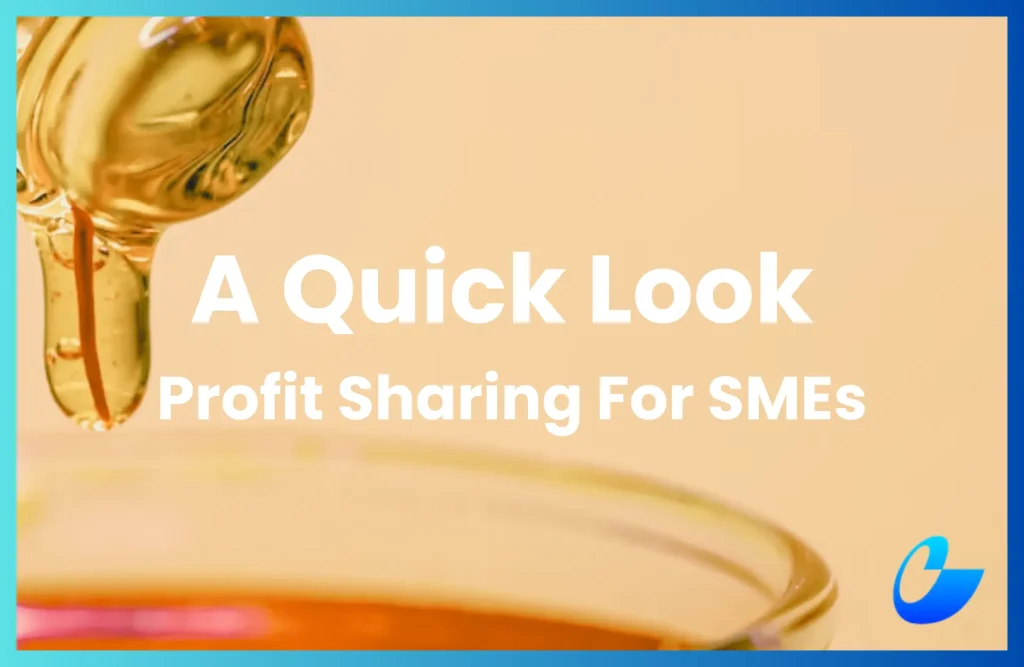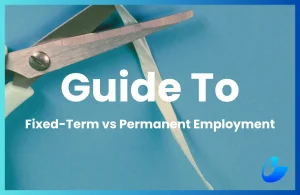For SMEs in Malaysia looking to hire talent, expand into new markets, or develop a new product, large upfront fees are often unrealistic, and a bank loan may not be a risk they want to take.
That’s where profit sharing comes in.
Done right, it helps SMEs team up with the right people and create opportunities that would otherwise be out of reach. Here are 5 ways profit sharing can be your secret weapon in different scenarios.
1. Employee profit-sharing
Hiring and keeping good people is tough for SMEs competing against big corporates on salary alone. Employee profit-sharing lets you reward employees with a share of success instead of taking on the burden of a high fixed salary.
How it works: Allocate a fixed percentage of profits (e.g., 5–10%) into an employee pool, distributed based on KPIs. Sales teams might get more if revenue targets are hit, while operations staff could be rewarded for efficiency or customer satisfaction.
2. Revenue-sharing partnerships
Revenue-sharing is ideal when two businesses want to collaborate but don’t want heavy upfront commitments. Instead of paying rent, marketing fees, or licensing costs, partners split the revenue that comes in. This lowers risk and makes it easier to test collaborations.
How it works: For example, a training provider could partner with a café to host workshops, agreeing that each ticket sold will be split between them. The café benefits from extra traffic and food sales, while the trainer saves on rental costs. Both sides gain if the event is successful.
3. 50/50 joint ventures
When two parties bring equally valuable resources such as funding, expertise, distribution networks, or intellectual property 50/50 joint venture can create opportunities that neither could achieve alone.
How it works: Both sides agree to share profits and risks 50/50, often through a formal JV agreement or Special Purpose Vehicle (SPV). This structure is common for co-developing new products, franchising a service, or building shared intellectual property.
4. Performance-based fees for experts
Hiring consultants or agencies can be expensive, but performance-based fees let SMEs pay for results rather than effort. This shifts the risk away from the business while motivating experts to deliver.
How it works: A fundraising consultant might earn a percentage of funds successfully raised, or an M&A broker could be paid only when a deal is closed. Experts often tie their fees to performance, so this is a good way to attract ones who are confident they can deliver results.
5. Profit-sharing with service providers
Expanding into new markets often requires outside help from distributors, agents, marketing agencies, or influencers. Profit-sharing gives them a direct incentive to deliver results without the need for high upfront fees.
How it works: A distributor might earn a share of sales per unit sold, while a marketing agency could take a cut of profits from a campaign they managed. Influencers or KOLs can also be rewarded with a percentage of profits from sales linked to their promotions. This way, service providers are invested in your success.
Let ELP help you draft a watertight profit-sharing agreement
Regardless of which profit-sharing plan you choose, and whether profit sharing is outlined as a clause in a wider agreement or as a dedicated contract, it’s essential if it is drafted clearly and defines all key terms from the start.
If you would like to grow your business through profit-sharing, let ELP help you protect it at the same time.










